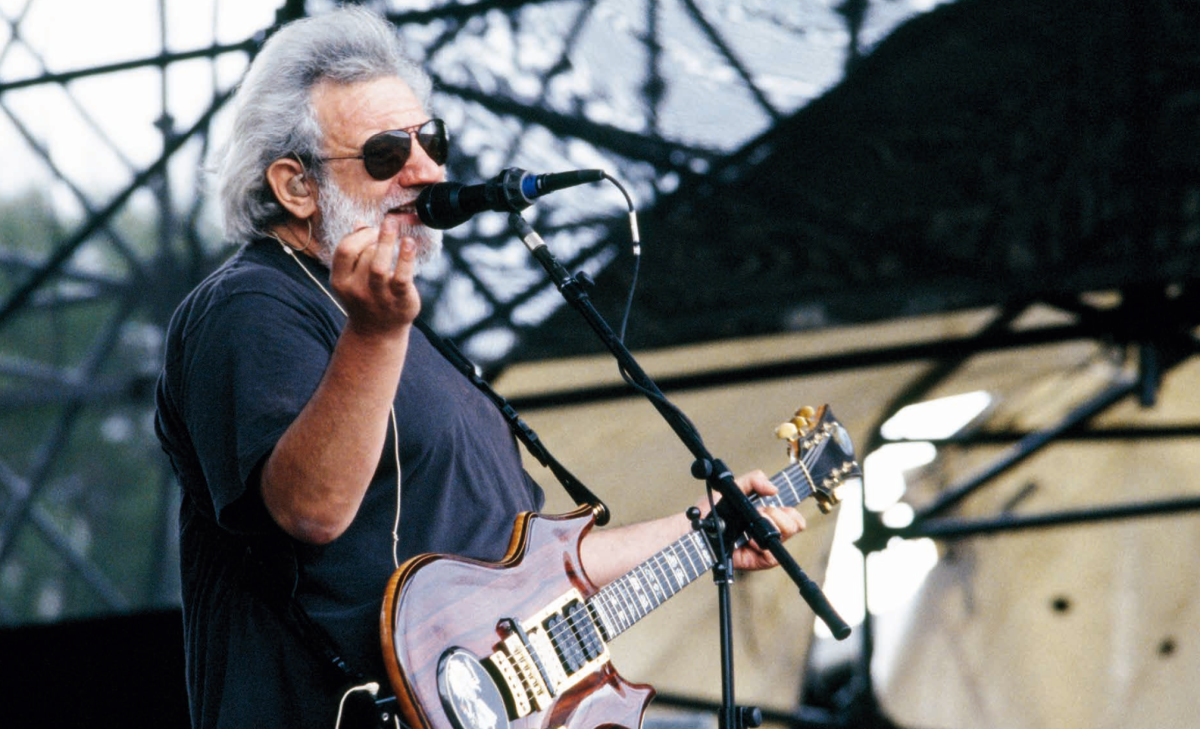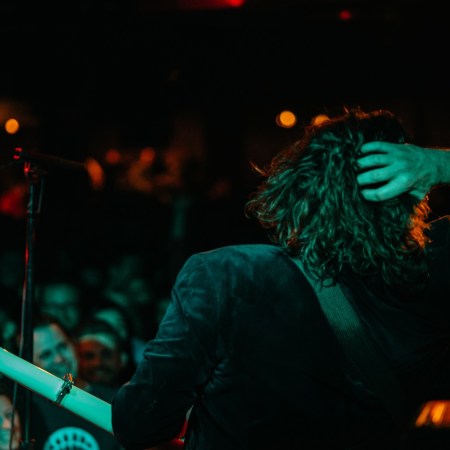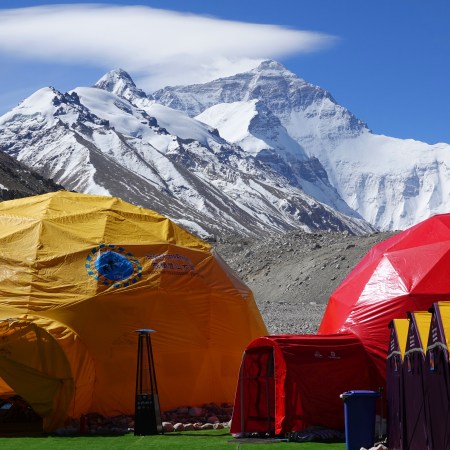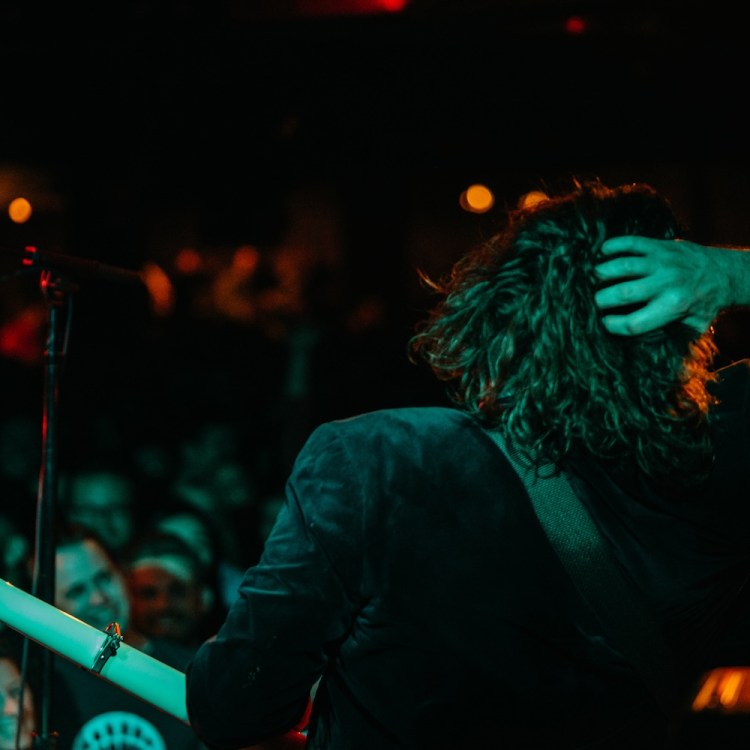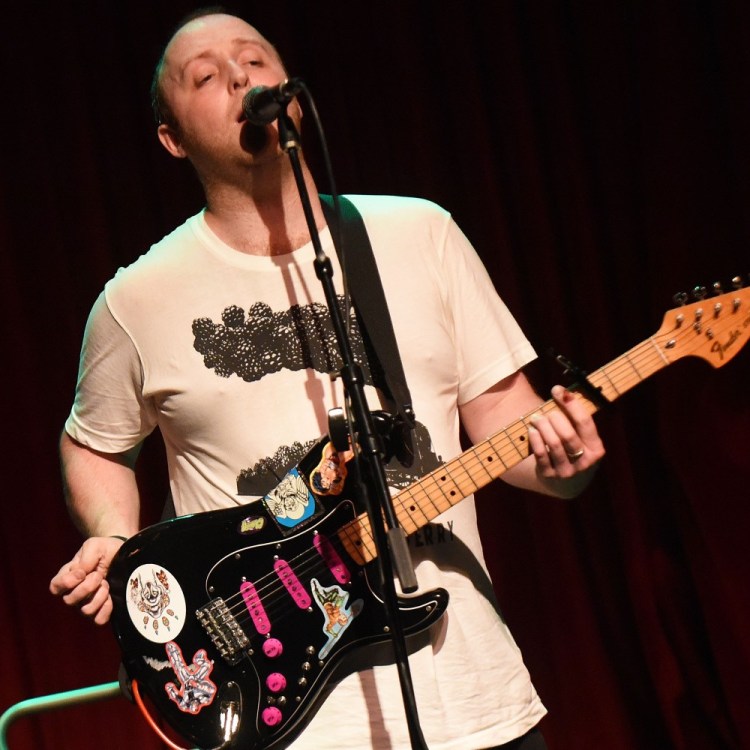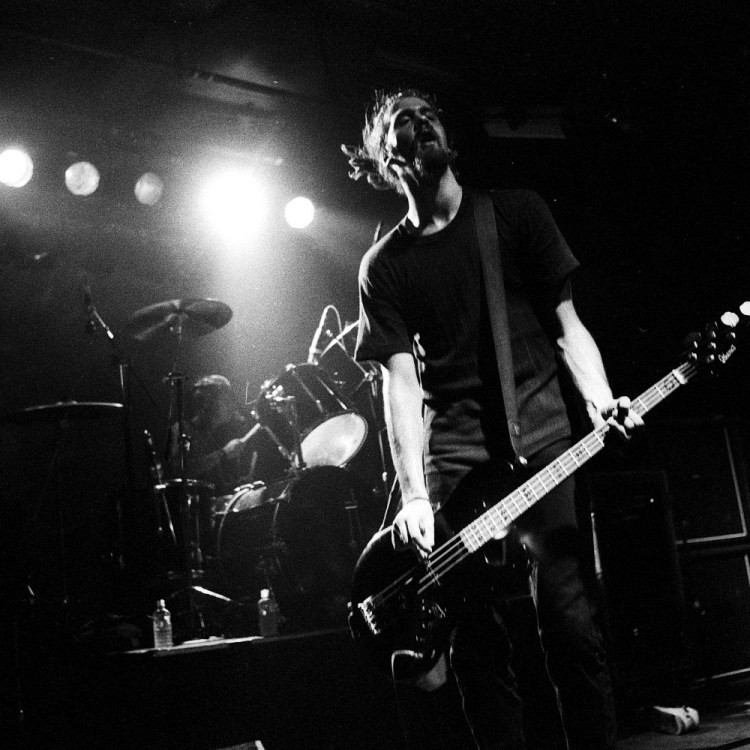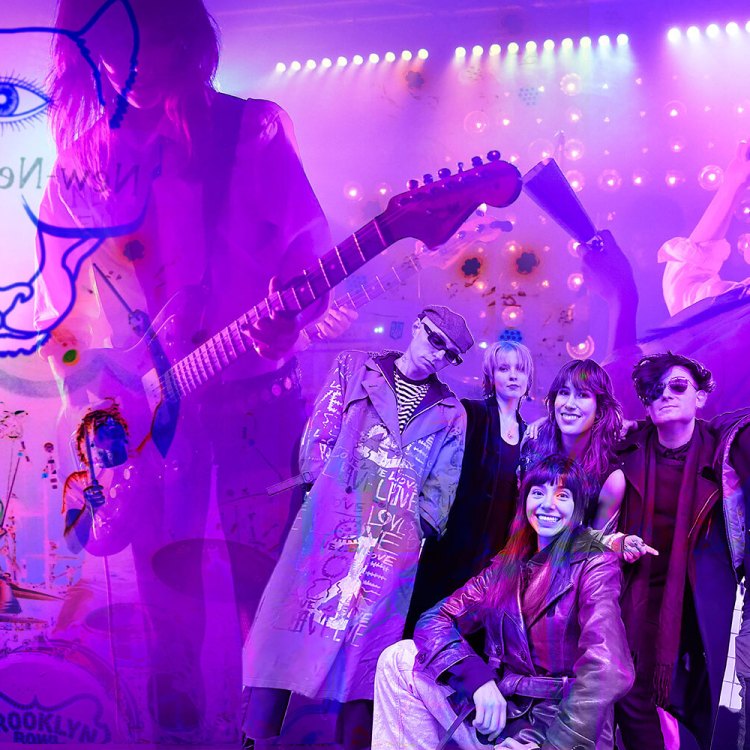While they may not always be able recall their birthdate or the hospital where they were born, any Deadhead worth his or her pink Himalayan salt can tell you the exact date and location where they first saw the Grateful Dead with Jerry Garcia on guitar and vocals.
For San Francisco-based photographer and filmmaker Jay Blakesberg (who does know his birthday, and turns 58 in a couple of months), that date was September 3, 1977, and the location was Raceway Park in Englishtown, New Jersey.
In the company of his older sister and 100,000 easygoing strangers, a then-15-year-old Blakesberg took in an epic show that was selected by Dead historian Dick Latvala for the 15th edition of his Dick’s Picks series of archival releases, which also included performances from the New Riders of the Purple Sage and the Marshall Tucker Band.
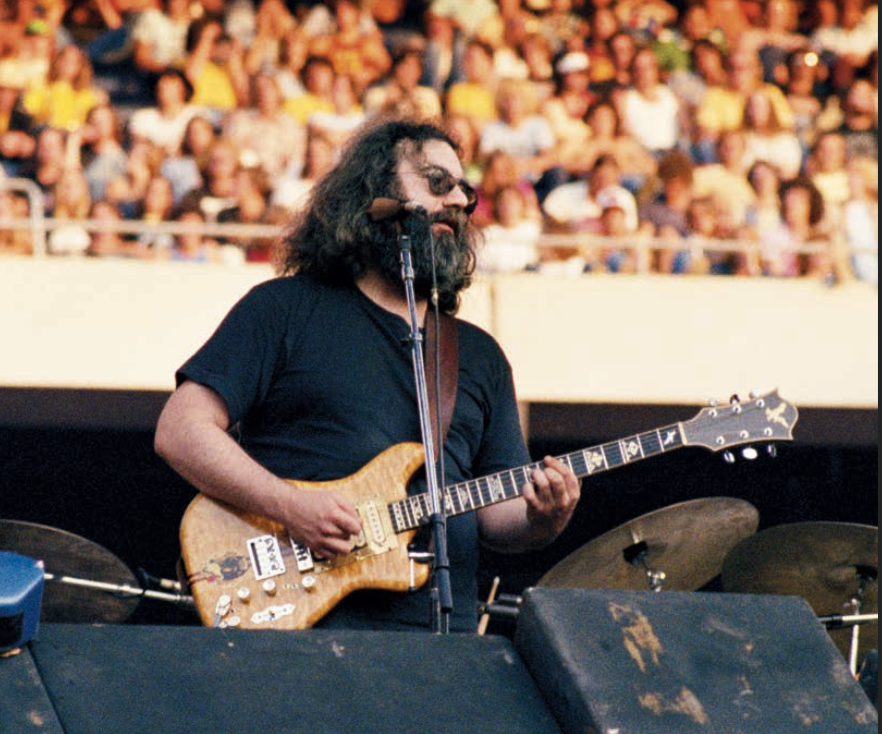
Nearly a year later, on September 2 of ’78, a 16-year-old Blakesberg caught the Dead again, except this time the venue was Giants Stadium. And there was one other difference: he brought along his dad’s camera.
A shot Blakesberg captured at that show (seen above) is one of the images that lead off Jerry Garcia: Secret Space of Dreams, a new book featuring more than 140 color and black-and-white photographs the 57-year-old took from 1978-1995.
The book, which includes a foreword from John Mayer and quotes from musicians like Bob Dylan, Trey Anastasio, Carlos Santana, Jim James and Garcia’s Grateful Dead bandmates, catches glimpses of Garcia both on- and offstage with members of his band, friends and other musical collaborators.
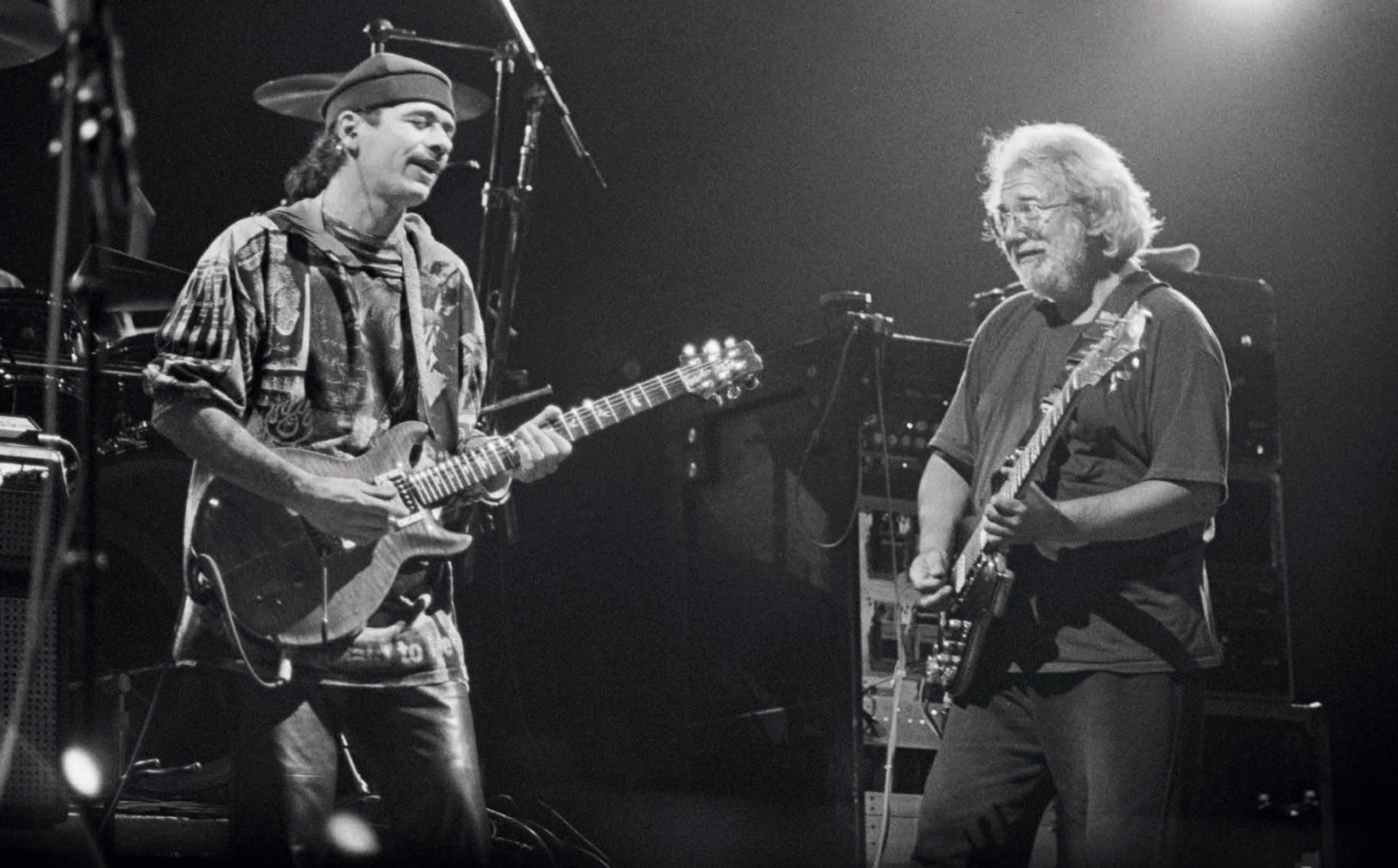
Though Blakesberg wasn’t a pro when he snapped that first photo of Garcia in ’78, Dead shows were one of the places he began honing the chops that eventually enabled him to pay his rent taking photographs.
“In the entire history of the Grateful Dead, everybody was allowed to bring a camera into the show. A professional camera … unlike every concert you go to today,” Blakesberg tells InsideHook. “Anybody could bring a camera. So for the longest time, I was just a fan with a camera. Then, when I started getting magazine assignments in the late ’80s, I started shifting and being inside the pit instead of outside the pit. And there were a variety of these assignments that put me face to face with band members.”
That gig led to more work around the band, to the point that Blakesberg could call up Weir’s office and get on the Dead’s guestlist with backstage passes and tickets whenever he wanted. For the last five years of the original Dead lineup, Garcia’s last on earth, Blakesberg was there — and so was his camera.
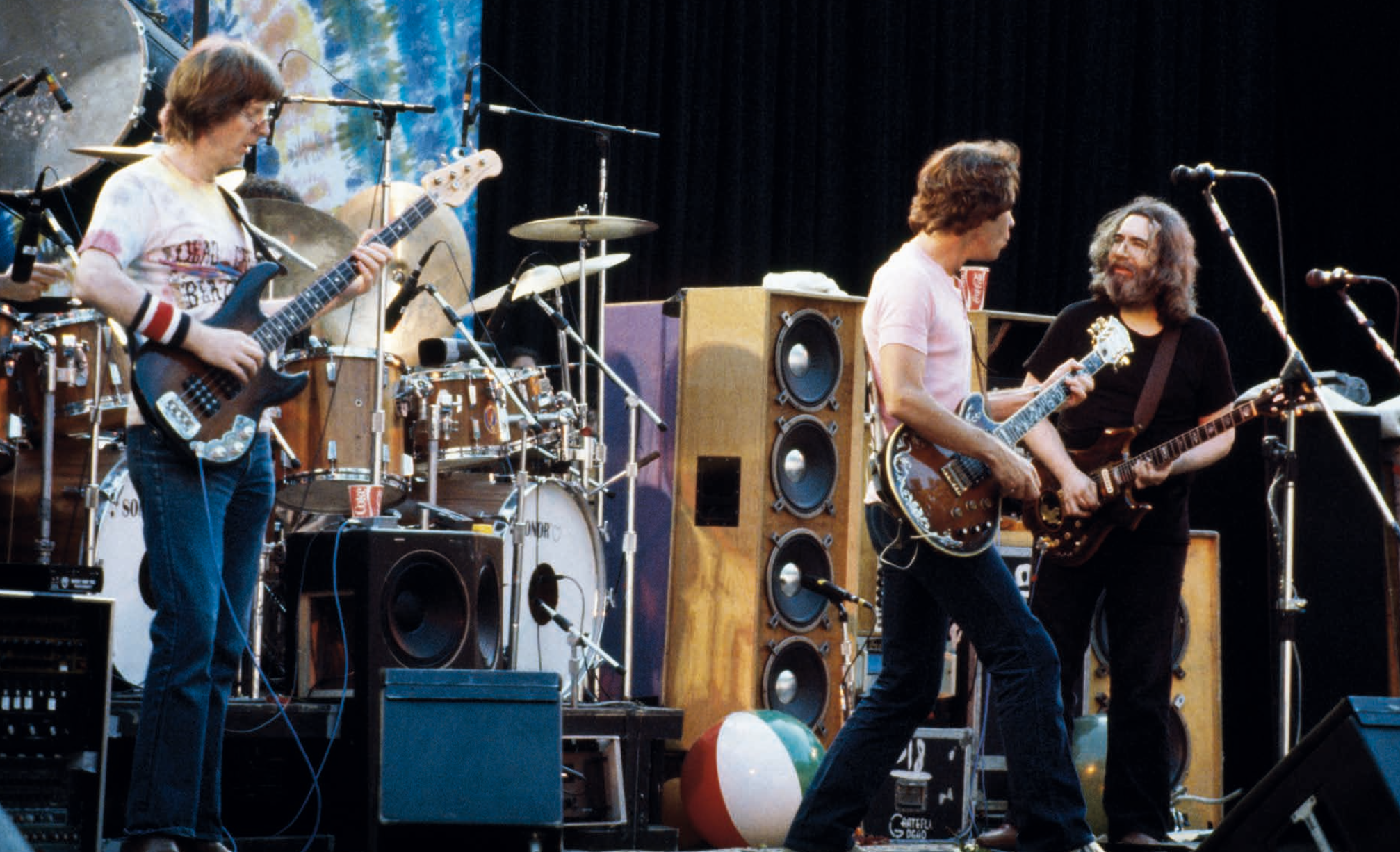
After gaining some recognition within the scene, Blakesberg got his first job being paid to photograph a Grateful Dead band member in 1990 when he took publicity photos for guitarist Bob Weir for a project he was doing with bass player Rob Wasserman.
Related:
Meet The NFL’s Resident Deadhead, Romeo Okwara
How Taylor Welch Amassed the Greatest Collection of Grateful Dead Tees
“People think of the Grateful Dead as not having a lot of stage presence, right? Not being very flashy, but they kind of were,” Blakesberg says. “But you just had to wait for it and know when to look for it. There were these sublime body language flourishes with their hands or their legs or the inflection in their mouths when they were singing intense vocals and stuff like that. Jerry’s smile was a smile that could cut through anything. And so, on stage it was things like that, to me, that made Garcia interesting.”
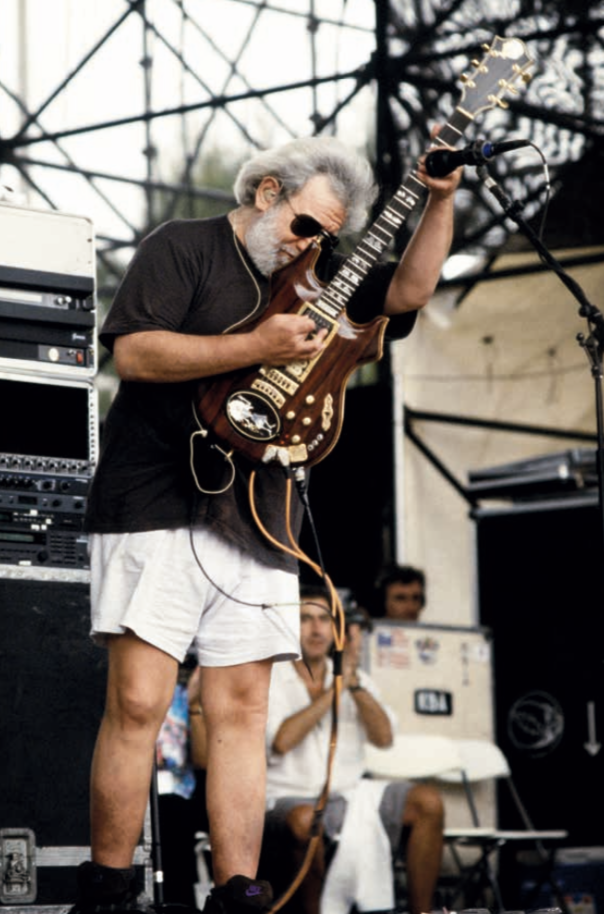
Away from the bright lights, Garcia was almost a more intriguing subject.
“Offstage, Jerry was very funny and self-deprecating and clever and articulate and smart,” Blakesberg says. “But Jerry was the unlikely rock star. He didn’t want to be a rock star and he didn’t want to be put on this pedestal. He wanted to be a regular guy. When you were doing photographs of him, it was sort of the same thing. He did not want to be the center of attention, so photoshoots always went very quickly with Jerry. I learned from photographing Jerry Garcia that he hated being photographed.”
There were other issues that sometimes made taking Garcia’s photo tricky.
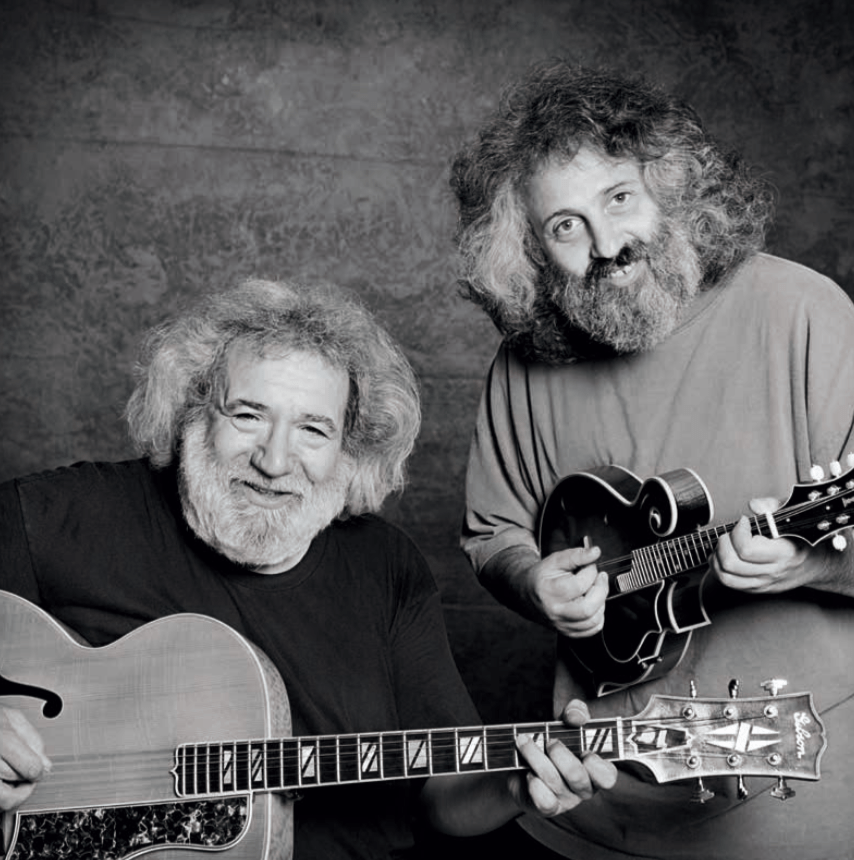
“One of my greatest memories is photographing him and David Grisman in Grisman’s living room for the cover of Acoustic Guitar Magazine,” Blakesberg says. “It was me, the writer, my assistant, Jerry, Grisman, some guitars and a mandolin. They started playing music for us for 45 minutes, our own private concert. I’m trying to shoot them for a magazine cover, so I have to tell Garcia to stop singing, because his mouth is going to be all wonky and he can’t look like that for a magazine cover. So they’re singing, and I’m telling Garcia to hum the lyrics in his head. Who tells Jerry Garcia in a private concert to stop singing, you know? I’m like the only weirdo in the world to have done that one. But that was a pretty special moment.”
In other cases, the issues that made photographing Garcia a bit difficult weren’t as amusing.
“One of my last face-to-face shoots with Jerry was in April of ’95, so just a few months before he died,” Blakesberg says. “They were making a video for a Jerry Garcia Band song that was on a soundtrack for the movie Smoke with Ashley Judd and Harvey Keitel and William Hurt. It was in this little cafe in North Beach here in San Francisco. I could see Jerry was sweating profusely and his hair was sort of matted to his forehead. And no matter what, they had hair and makeup people like patting it down every minute, he’d still … you could just tell he just was not looking healthy. But that’s just what it was. It’s not as if I could go out and be like, ‘Man, I think Jerry needs to go see a doctor.’ It just wasn’t like that. We were just bystanders.”
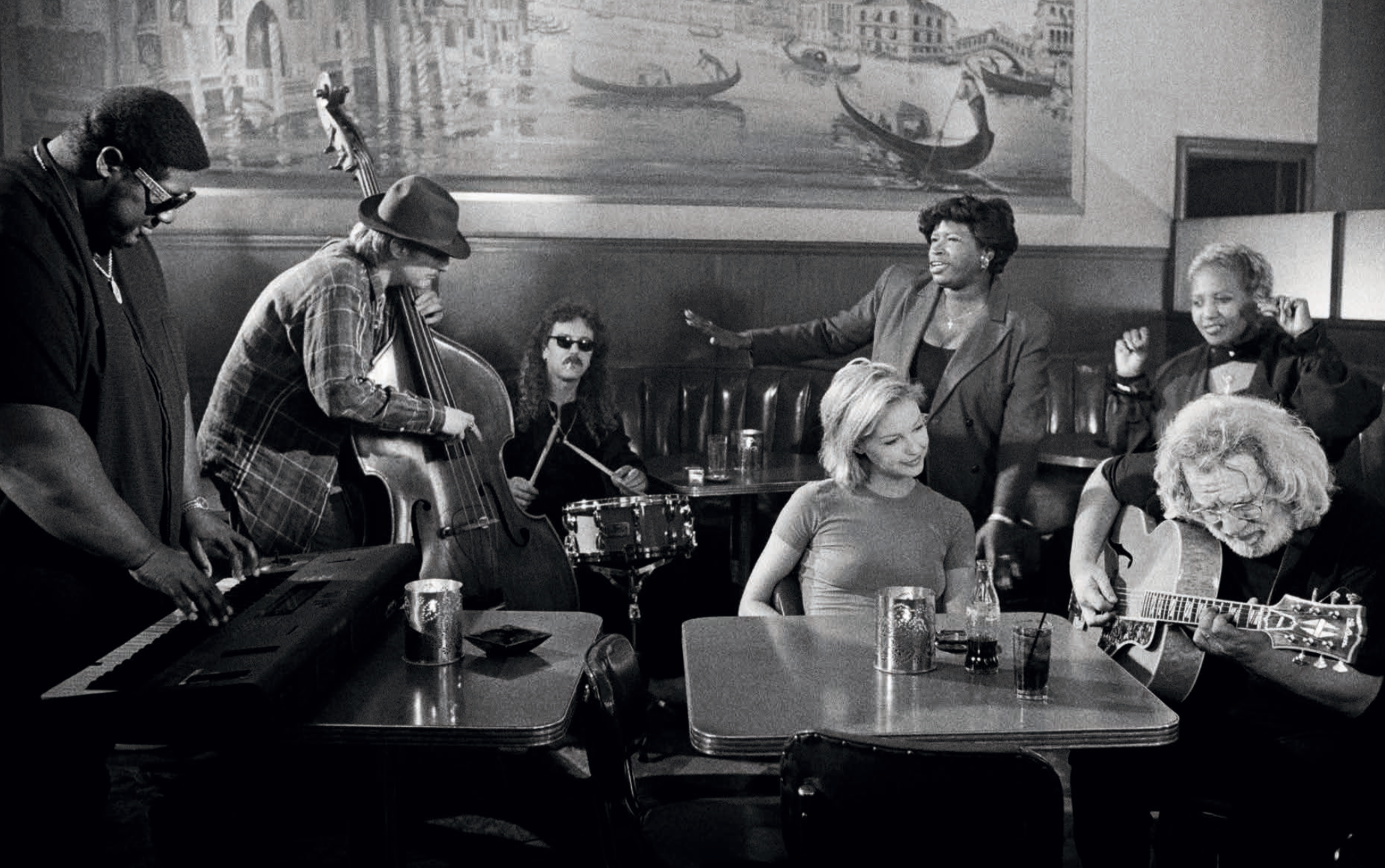
Despite Garcia’s declining health during the mid-’90s there wasn’t really a sense things were coming to an end, according to Blakesberg.
“Before Jerry died in ’95, shows were erratic and shows were not as great as they could have been or were just a few years earlier,” he says. “Maybe we could see a decline in the quality of the musicianship, but we just attributed that to everything else in Grateful Deadland. They’re not rehearsing enough or they’re not playing enough, or who knows what? We were kids, you know? We were 25-to-30 years old when Jerry died. So we didn’t have the same perspective that we might have now as 50-something-year-olds.”
Despite the way that particular chapter of the Grateful Dead story ended, Blakesberg is glad he helped document it and can share it in Secret Space of Dreams.
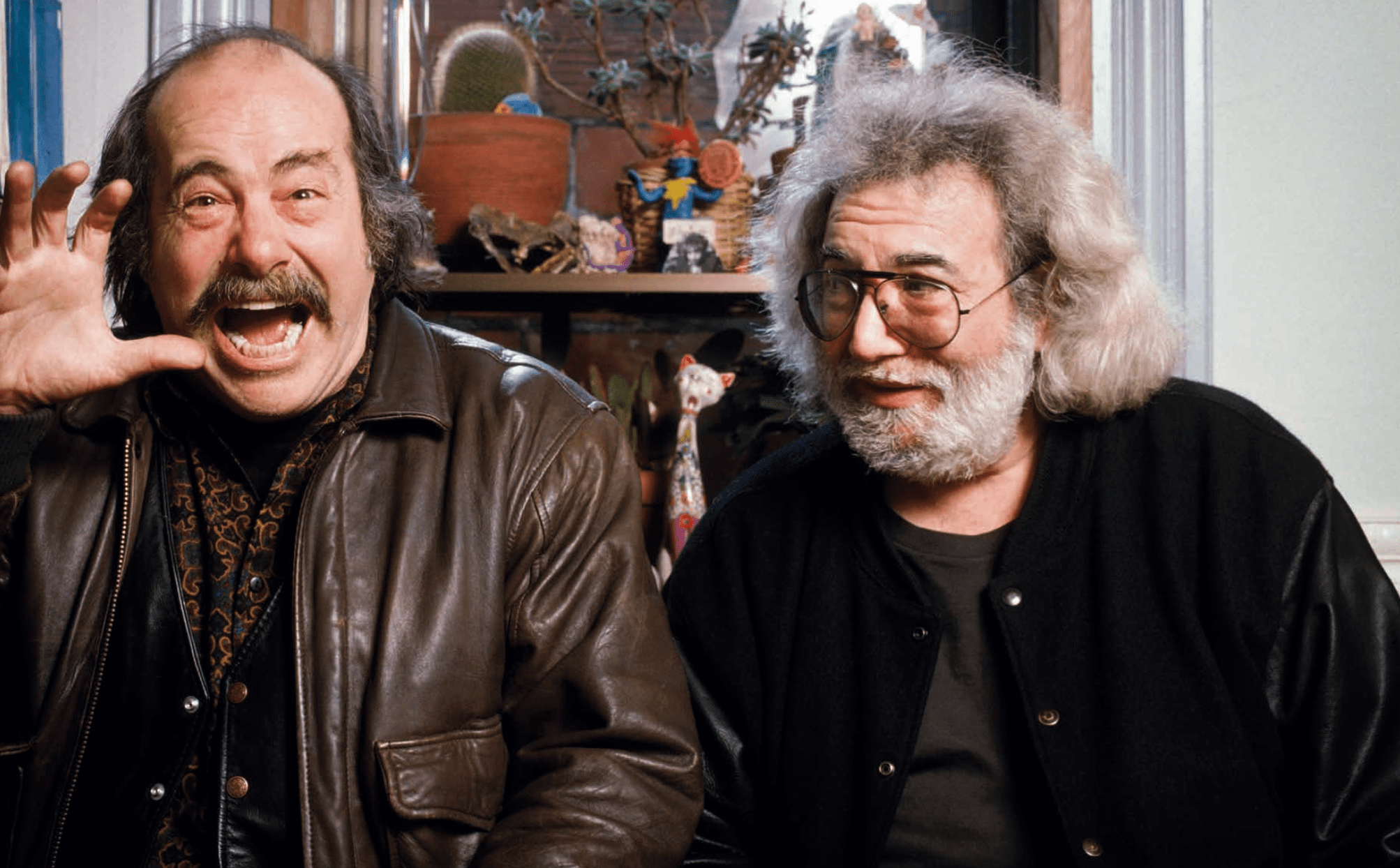
“Jerry Garcia once said following the Grateful Dead truly is the great American adventure,” Blakesberg says. “And we took that to heart and we did that. We went on the great American adventure with the American rock band that had a great American songbook. We lived by those words and traveled by those words and grew to that music and became a family of freaks and misfits. It was the greatest time of our lives. And so, zero regrets. Bittersweet? Sure. Sweet? Absolutely. Beautiful? For sure. Tragic? Absolutely. All of the above, because we watched Jerry decline in front of our eyes. Though we didn’t realize that was happening at the time, it was. But at the same time, we were having a lot of fun and we were grooving to that music and that scene all the time, and we loved every minute of it.”
This article was featured in the InsideHook newsletter. Sign up now.
